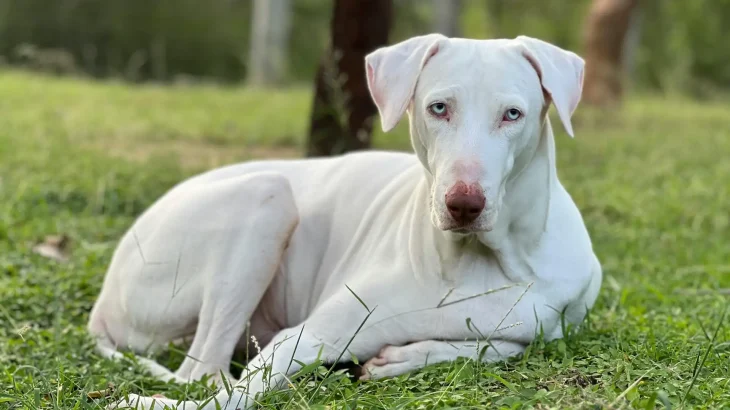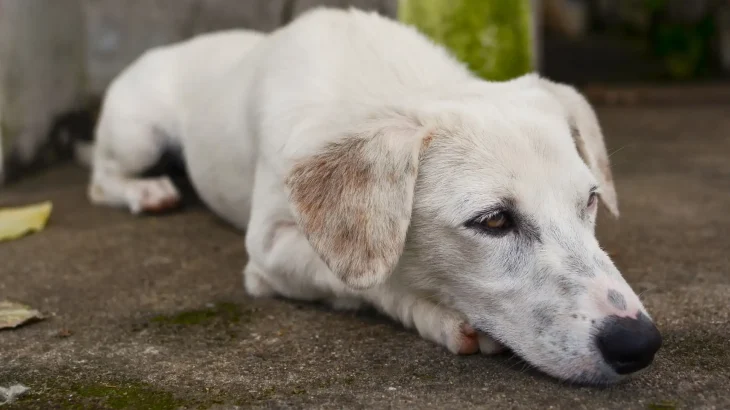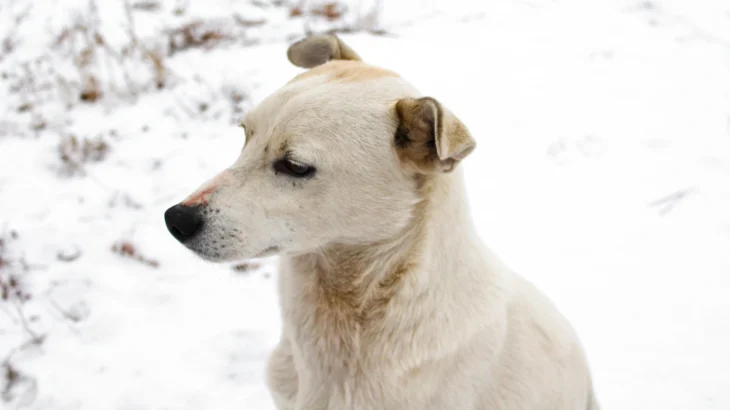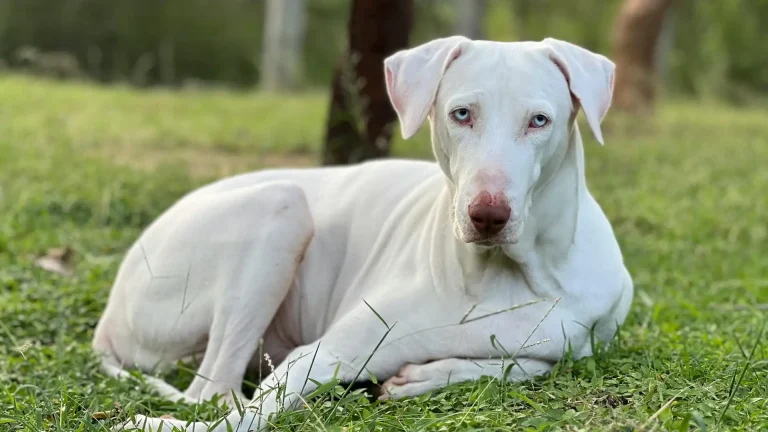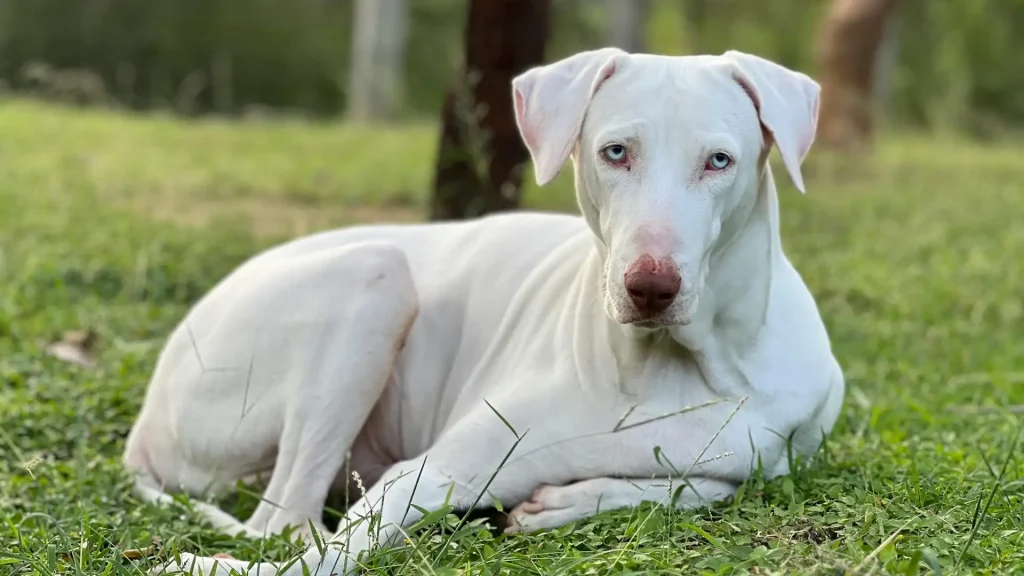Choosing whether to adopt or purchase a Rajapalayam puppy depends on factors like health transparency, cost, and ethics. Buying from a reputable breeder usually means documented lineage and health info, while adoption gives a chance to give a loving home to a dog that might wait longer otherwise.
Here are some key points to consider:
| Criteria | Buying from Breeder | Adopting from Shelter/Rescue |
|---|---|---|
| Cost | Often higher due to pedigree and breeder reputation. | Usually lower, with fees covering care and vetting. |
| Health History | Detailed records and genetic screening often provided. | Health history may be limited; basic checks done. |
| Age Availability | Mostly puppies, good for early training and socialization. | Range of ages available, more flexibility. |
| Temperament Insight | Breeders can share lineage and early behavior traits. | Shelter staff can offer observations, but history may be unclear. |
| Supporting Practices | Supports responsible breeding when breeder is ethical. | Supports animal welfare by rescuing dogs in need. |
| Ethical Considerations | Important to ensure breeder follows responsible practices. | Promotes second chances for homeless dogs. |

